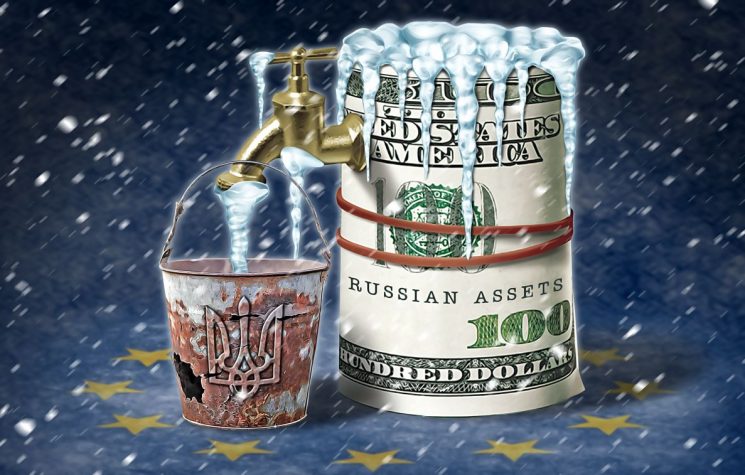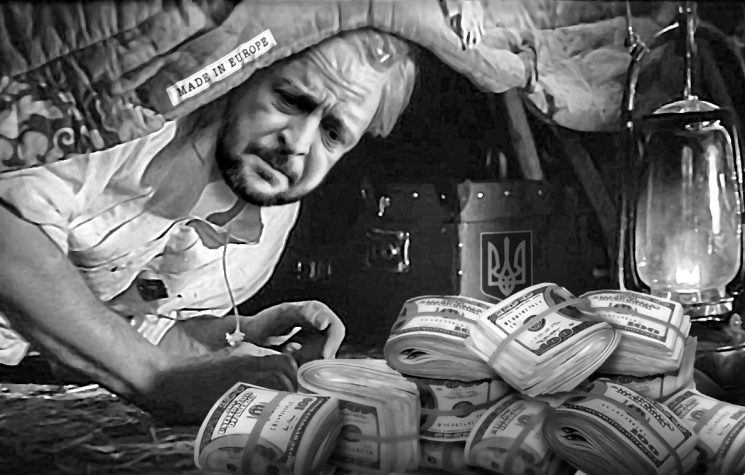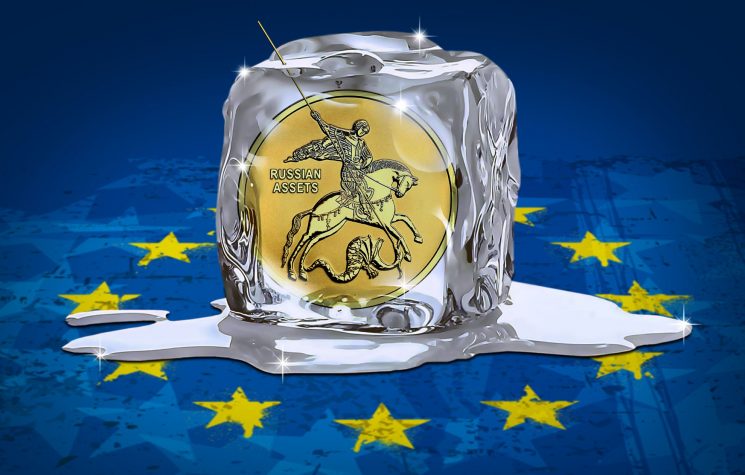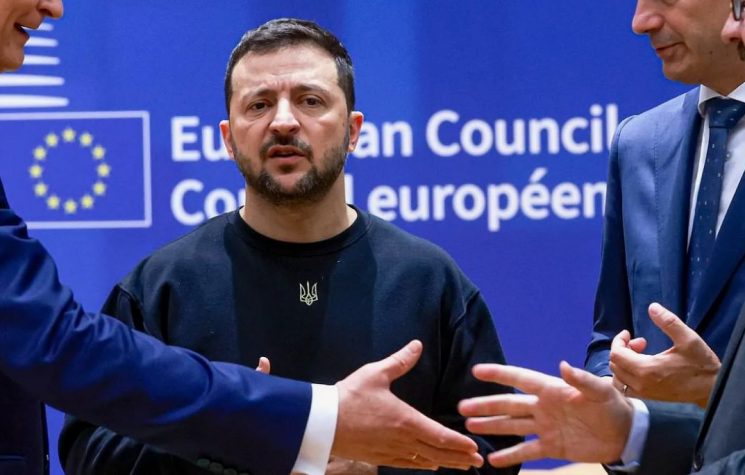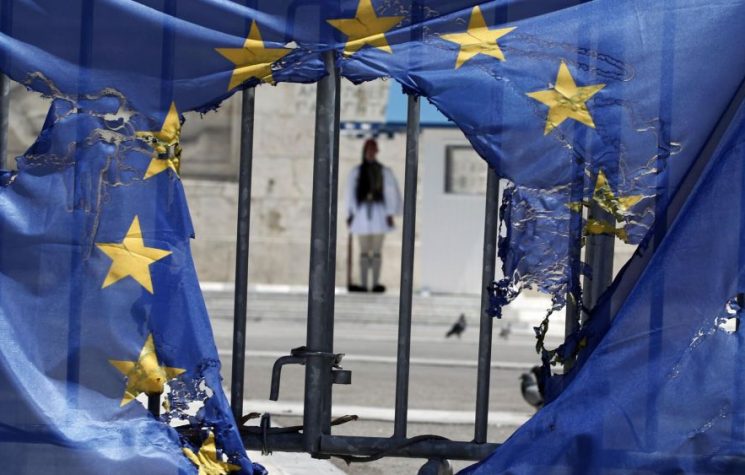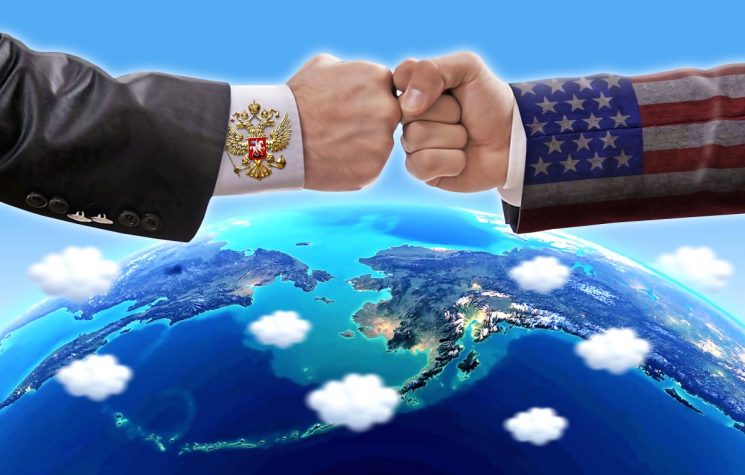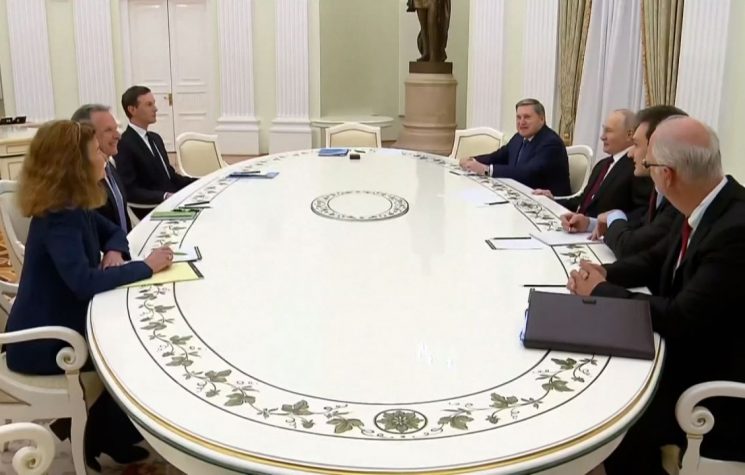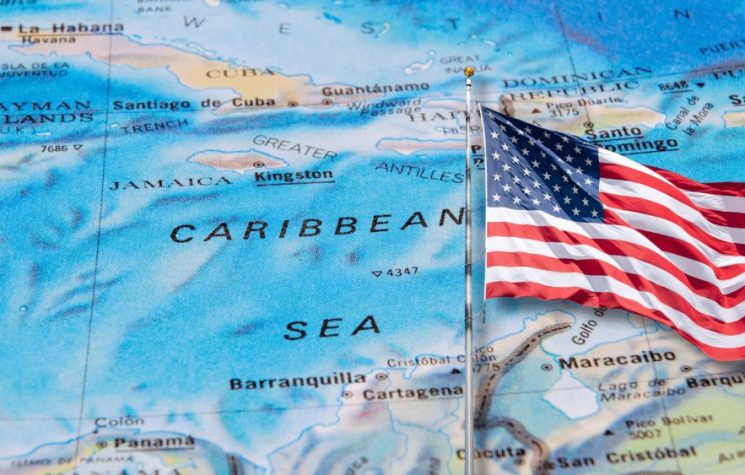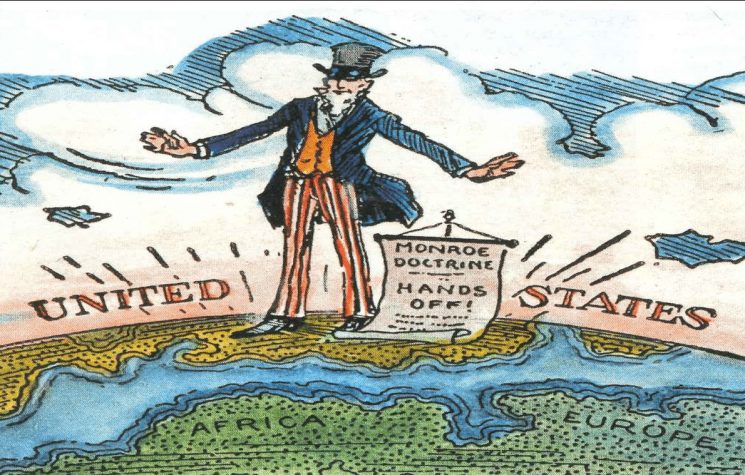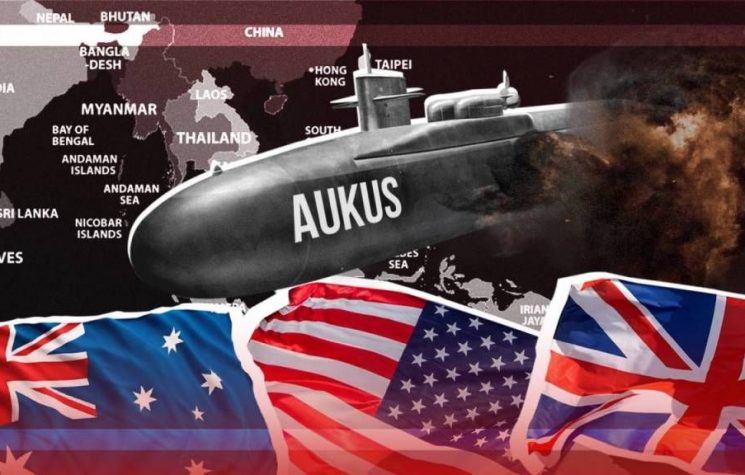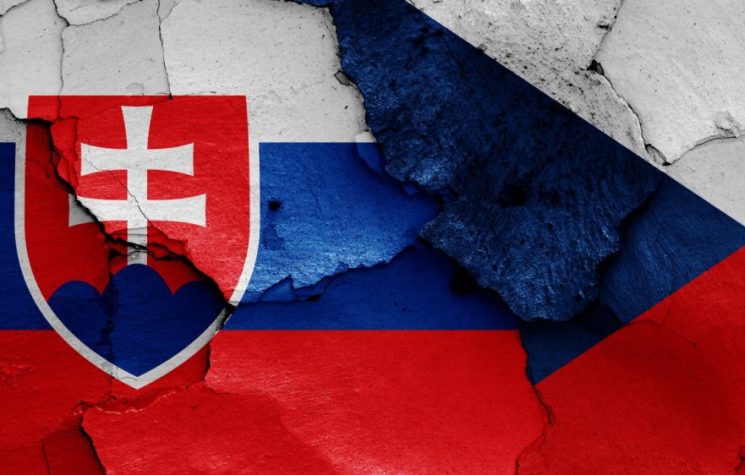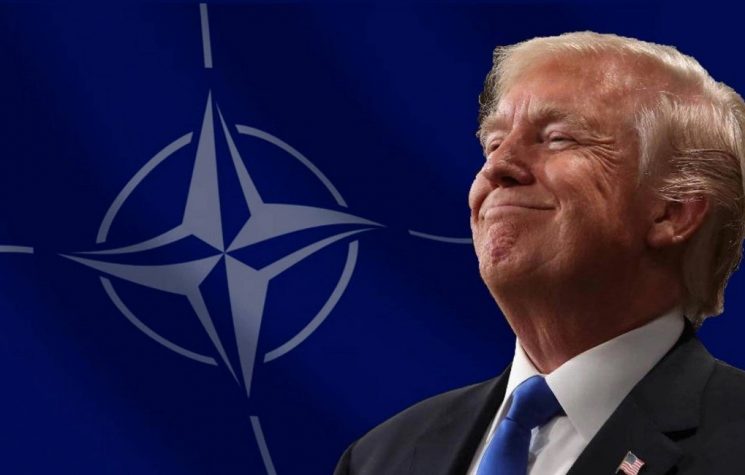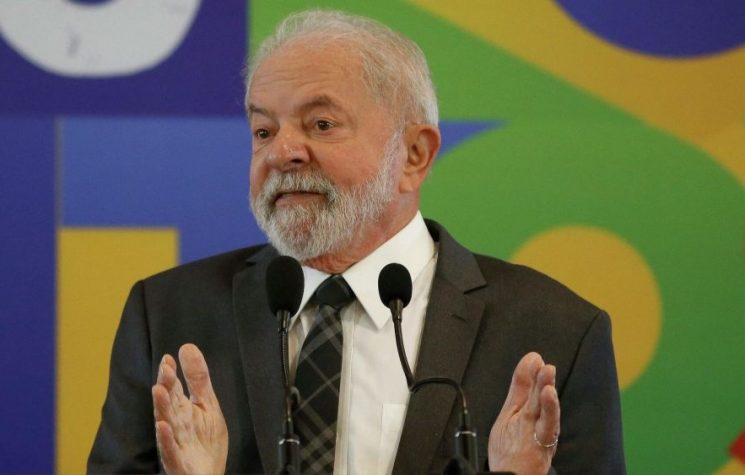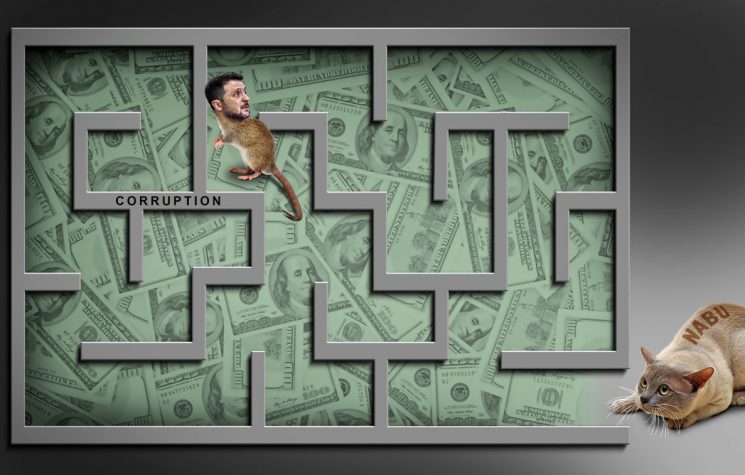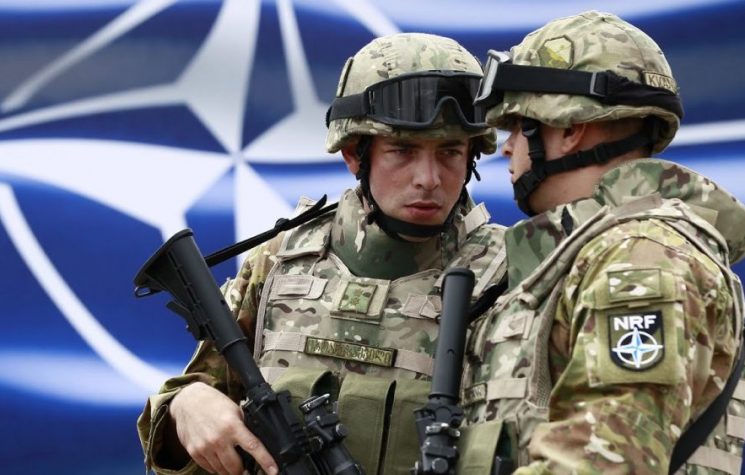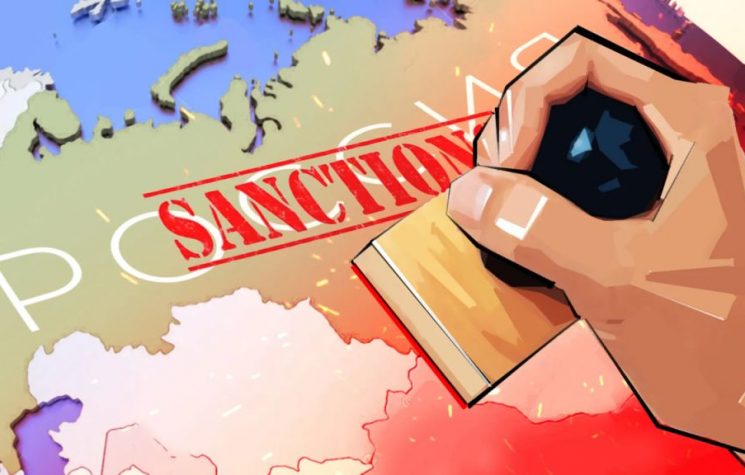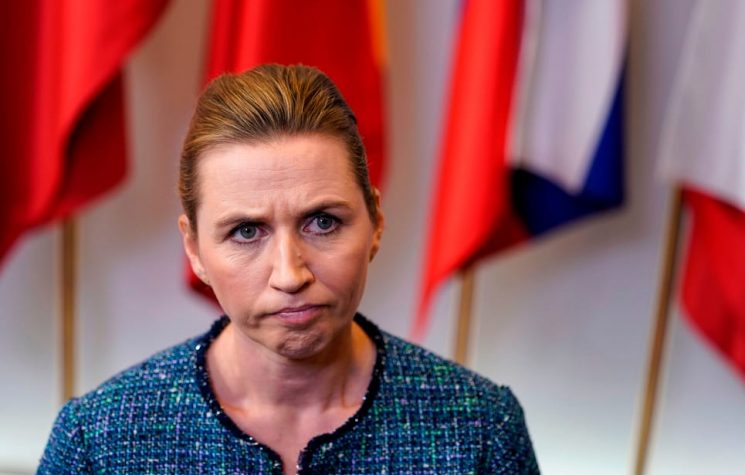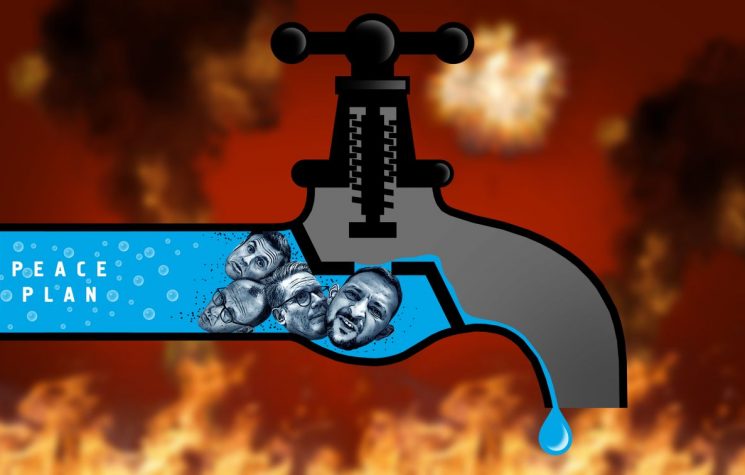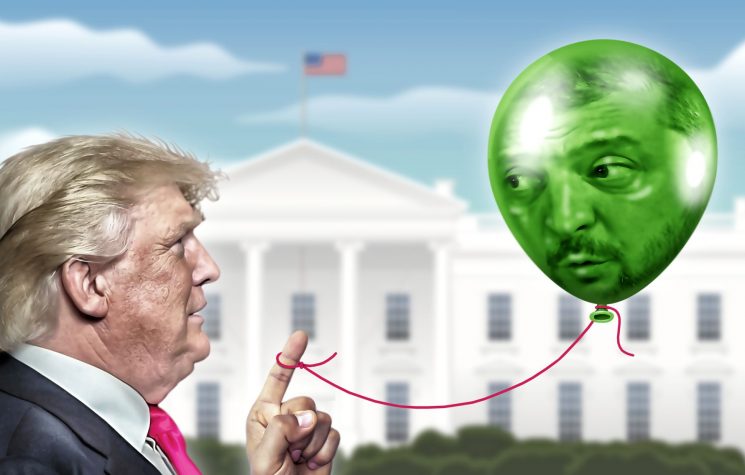Contact us: info@strategic-culture.su
The United States, in its grand geopolitical maneuvering regarding Ukraine, must have been fully cognizant of the improbability of dismantling Russia’s military strength or eroding its political coherence through conventional warfare or economic sanctions. Such a feat would seem at first to be an exercise in folly, and based on the miscalculations of Western leaders, particularly those surrounding the power vectors of Washington DC, Wall Street, and the City of London. Russia, with its immense territorial expanse, historical resilience, and strategic depth, is so highly unlikely to be brought to heel in such fashion, as evidenced by the results of the conflict, that it raises far more profound questions than one of mere folly. There are few accidents in politics, and by extension, geopolitics.
This nigh impossible task today, however, is in large part publicly justified by a false allusion to past precedent. As a consequence largely of the toll on Russia which was World War I, the Russian Revolution was the product of the intersection of social fatigue and geopolitical intrigue. But the inability of the Russian state at the time to offer much in the way of a viable alternative was the result, from the perspective of today, looking backwards, of the relative economic underdevelopment of the global East and global South.
In other words, the rise of India and China today, as well as Latin America and South-East Asia, and their high significance on the global chessboard, are chiefly among the reasons that Russia cannot be ‘isolated’. Such is the nature of multipolarity. The world of technologically and economically advanced civilizations is much larger today than it was over a century ago.
But since these facts were already the known-knowns in terms of global and situational awareness on the part of the U.S., it raises the question of its true plans and intentions.
Based on a broad and extensive view of the situation, it is clear that the goals of the U.S. were several-fold.
- To revassalize the West European economy;
- To destroy Ukraine so that its eventual reunion with Russia would be costly in multiple ways;
- X factors and the known-unknowns, and the unknown-unknowns could potentially lead to the destabilization of Russia, but this would be a bonus or ‘pleasant surprise’ falling outside of strict contingency planning
This paper will focus on the revassalization aspect, and the last point, 3., requires no further explanation. Point 2., will require its own paper, as a series with this one. But briefly on that question, it will be critical to understand that Russia’s gravitational pull – the combination of its cultural affinity and its economic growth and stabilization trajectory inversely away from the late 20th century collapse period – was naturally leading towards the re-integration of Ukraine with Russia. This means that the U.S. did not view it as likely that they would thwart Russia-Ukraine reintegration, but rather they could manipulate Russia’s red-lines in light of the military aggression of the post-Maidan Kiev Junta, to actually have Russia ‘reset’ much of Ukraine’s infrastructure through the SMO. This makes the cost of reintegration considerably higher than it would have been if not for Western interference.
One of the messaging successes of the Anglo-Saxons (U.S. and UK) has been to convince the world that they themselves believe that ‘victory’ against Russia is militarily, economically, or politically possible: that Russia could be defeated militarily, or such harm to its economy or social fabric done that elite economic power groups in Russia politically pressure Putin to pull out of Ukraine and sue for a peace amenable to the collective, i.e. political West.
Rather, the U.S. did not seek to confront Russia on this front with an aim towards victory against Russia; rather, its actions suggest a far more calculated, more insidious, and ultimately more cunning objective—one centered on the revassalization of Europe. Secondly, though not in importance, their aim is the deliberate devastation of Ukraine, which will be the subject of our next paper. In our third paper planned in this series, we will explain the entire trajectory of post WWII geopolitics in Europe (and the world) as a ‘slow-motion’ third world war, with its next phase starting with the Soviet collapse, and the third phase, the kinetic phase, beginning with the 2014 Maidan and the declaration of ethnic cleansing of all things and people Russian from Ukraine.
Those are chiefly the reasons that Russia has required the coherent and consistent continuity of leadership over the past twenty-five years
Was the U.S. truly intent on defeating Russia militarily, or was it really concerned with revassalizing Europe?
For what could be more advantageous to Washington than reasserting its hegemonic influence over a Europe that had, slowly after the Cold War, been creeping towards a degree of economic independence and political autonomy? Following the universal historical model, Europe being no exception, the more complex and sophisticated the post-WWII European economy became, the more it reinforced the power and reality of an indigenous ruling class based largely in Berlin and Paris, with its own capital accumulation and the power this entails. Now this, which while also enriching the Anglo-Saxons, nevertheless built a degree of autonomous accumulation which stayed in Western Europe.
Once the present technological generation had hit various upwards limits based upon the overall tendency for returns to diminish within a defined market space, as new applied productive technologies are ultimately disinflationary in nature, the U.S. strategy has not been so much to create ‘new’ wealth but to strip its allies of theirs, and subsume their capital as their own.
The American Revassalation of Europe
Many firms could see that the war efforts and sanctions regime against Russia would cause economic woes on the whole West European peninsula, even though during this juncture in the first quarter in 2022 through March and the start of the SMO, we also understand that U.S. capital was ‘enriched’, so to speak, with the single-largest creation of cash (upward wealth redistribution, currency debasement) to deal with the market crash ubiquitously associated with the pandemic. The activity of hedge firms showed us this point too, in the inverse. However, once the damage was done, we began to see, just as our hypothesis would require, the come-back of U.S. investors and buyers, in the sense of M&A (mergers and aquisitions) in Europe, and FDI (Foreign Direct Investment) – now buying up at lower prices or expansion and subsidiary creation, and consolidation in a terrain with cost-burdened European competitors.
As S&P Global wrote in May of 2023, “A defining feature of the European M&A market in 2022 was the exit of U.S. buyers. At the market’s peak in late 2021, American acquirers were responsible for nearly half of the consolidation activity across the pond. In the second quarter of 2022, that number fell to less than one-quarter and remained low throughout the year. This year, however, U.S. buyers appear to be quietly returning.
Private equity firms have stepped up their M&A activity on European soil and are well on track to beat last year’s deal flow. Only seven PE purchases are needed in Europe this year to equal 2022’s tally, according to data from 451 Research’s M&A KnowledgeBase.
[…] One reason for the uptick in activity is that European companies have become cheaper. According to our data, targets in Western Europe this year are commanding a median valuation of 1.6 times revenue, compared with 2.2x last year. In many cases, this allows U.S. buyers to beat out local competition for assets while still paying lower prices than at home, where the median multiple is 3.7x.”
Two months ago in August of 2024, Market Watch published an interesting piece titled “Here’s the real reason Europe’s top companies benefit from moving listings to New York, JPMorgan says”. In it, we find this gem, which in effect explains that in Europe there is high inflation and low liquidity, and though the war in Ukraine is never mentioned, we can understand them when they write that entities have abandoned their Euronext listings and moved to the NYSE:
“Europe’s top companies are increasingly pulling themselves off the Continent’s top stock markets and relisting in New York. Since the start of 2023, a slew of major firms including German chemicals giant Linde, Irish gambling giant Flutter Entertainment, British plumbing company Ferguson, Irish building materials business CRH, and Italian machinery firm CNH Industrial have all turned away from European markets in shifts to the U.S.
More recently, top companies including oil majors Shell, and TotalEnergies, pharma firm Invidior, and retail technology company Ocado have all signaled they might join the migration by shifting their primary listings to the New York Stock Exchange. […] the exodus is mainly a result of the widespread uptake of exchange traded funds and index funds.”
The gist of the piece is that European companies that have moved their listings to U.S. exchanges have seen increased passive and active ownership, narrowing valuation gaps with their American competitors. They explain that the U.S. market’s larger pool of passive investments, with over $9 trillion held in ETFs, is an additional draw for European firms seeking better valuations, lower costs, and higher liquidity.
There are countless similar pieces one can find from the ‘authoritative’ outlets (though still, Ukraine is never if ever mentioned as a factor in Europe’s ‘price inefficiencies’.)
In a Financial Times piece written earlier this month in October, 2024, they explain that investors are increasingly turning to European stocks with significant U.S. exposure, as these companies trade at a discount compared to their American counterparts. Notable European firms like BAE Systems, Schneider Electric, and Novo Nordisk have risen sharply in value, yet still offer pricing inefficiencies that investors are exploiting. Companies such as Novo Nordisk, which earns 60% of its revenue from the U.S., are seen as attractive investments due to lower price-to-earnings ratios compared to U.S. rivals. Analysts argue that European multinationals, particularly in pharmaceuticals and semiconductors, offer strong growth potential with the added benefit of U.S. market exposure and improved corporate governance.
Some of their phrasings may at first glance seem pat over the whole thing. But the difference with the decline in European inflation this year, compared to last year’s EU-wide rate of some 5.2%, is that the lowered inflation is correlated to the fact that people have stopped buying things.
Investigate Europe confirms this much, and writes in a revealing May 2024 piece titled “People buy spectacularly less’: inflation-hit Europe weighs costs ahead of elections”, that “Governments have tried to ease the pain from record-high inflation that has swept Europe. But they failed to tame a major inflation driver in corporate ‘greedflation’. Now European elections approach with the cost of living crisis high on agendas.”
What they show is that while inflation in Europe appears to be easing on paper, its effects are still deeply felt by the public, with food and utility prices remaining high across the continent. Factors such as the aftermath of the COVID-19 pandemic, the war in Ukraine, and corporate “greedflation” have all contributed to rising prices, especially in food and services. Though governments have taken steps like VAT cuts and price caps, inflation has disproportionately hurt lower-income households, and real wages have failed to keep pace with rising costs. Corporate profits, on the other hand, have surged, with companies passing on price increases to consumers even as production costs fall.
However, again, the decline in production costs is itself correlated to the fact that there is less buying. There are of course always ways to transfer wealth, or fleece a population. But with rising production costs at the level of the physical economy itself, the downstream economies in the real, tangible, sense are themselves in decline. In other words, an increase in buying would see a direct relation to increase in prices under the present paradigm.
The consensus appears to be that while the general trend in 2023 saw a reduction in foreign direct investment (FDI) across Europe when compared to 2021 due to the same macroeconomic and “geopolitical challenges” – the Ukraine war – it was up from 2022’s first quarter when the conflict broke out.
The creation of a new flashpoint in Eastern Europe, the war in Ukraine, provided the perfect vehicle to reassert American dominance not there in the East, but in Western Europe. The plan appears to be one by which a direct confrontation with Russia, which indeed is strategically reckless for Europe – meaning the Franco-Germans – causes such harm to the European economy that its physical/industrial assets, and its service economy, are down-valued to fire-sale prices, only to be bought up by the Anglo-Saxons, if not simply removed from the game all together.
To wit, the Europeans had failed to achieve escape velocity from the Anglo-Saxons, and had even failed to develop the kind of consciousness that would appreciate the desirability of escape velocity. That part speaks to questions of soft-power, identity, narrative, and hyper-reality simulacrum. Even though the line between Europe and Russia is imaginary, and though the ocean that separates Eurasia from North America is a real fact, in their mind’s eye the concept of the ‘collective West’ is worthy of reification.
And what better way to ensure European revassalization than by forcing anti-Russian sanctions on it, crippling the EU’s economy, and then using Europe as a destined-to-fail battering ram through Ukraine on the gates of Russia? Throwing watermelons against a brick wall only yields one result.
In 2022 and 2023, Germany’s energy prices surged due to the energy crisis following Russia’s SMO in Ukraine and the subsequent disruption of gas supplies. As a result, Germany’s electricity prices have been approximately 1.5 to 2 times higher than the G7 median. This makes German energy costs among the highest in Europe and the G7, although price spikes have affected most European nations during this period. In particular, countries like Italy and Spain, which have traditionally relied on natural gas, have also faced rising energy costs. These countries saw a reduction in gas demand during the energy crisis of 2022, as prices soared, forcing both consumers and industries to adjust their consumption habits, by simply buying less, as is explained in great detail in the Investigate Europe piece cited above.
Conclusion
The U.S. was acutely aware that NATO’s eastward expansion could never fully obliterate Russia’s deep historical, cultural, and strategic connections to Ukraine. The Kremlin would not, and could not, easily relinquish its sphere of influence over a territory that it viewed as essential to its security, even if just as a buffer zone or a truly neutral state. But did the U.S. ever seriously believe that it could compel Russia to acquiesce to the complete dismantling of its political and military structures?
No, that was never the endgame. The true objective was not to utterly defeat Russia, but to diminish Europe’s capacity to accumulate capital independently from New York and London.
Is this not the true cost of this war—a war in which Europe, once a continent poised for economic autonomy, has been irrevocably sucked back into the sphere of U.S. influence, and Ukraine has been transformed into a failed state? Ultimately, the question that must be asked is not whether the U.S. intended to defeat Russia militarily, but rather: to what extent has the destruction of Ukraine been allowed—perhaps even encouraged—in service of a much larger, far more sinister strategy aimed at reshaping the European balance of power in Washington’s favor? The answer, as the ongoing tragedy of Ukraine attests, is clear.
This conflict, far from being an isolated or purely military affair, is an economic assault on Europe itself. In real-time, Europe is being weakened by this war, even if its elites have enriched themselves through various non-productive schemes. Ultimately it is not-sustainable for Europe, and one can see the dangerous delusion among European elites that the pay-off will be found in capturing Russia’s newest regions which comprise the former Ukraine. Rather, we must recall our watermelons thrown against brick walls.











